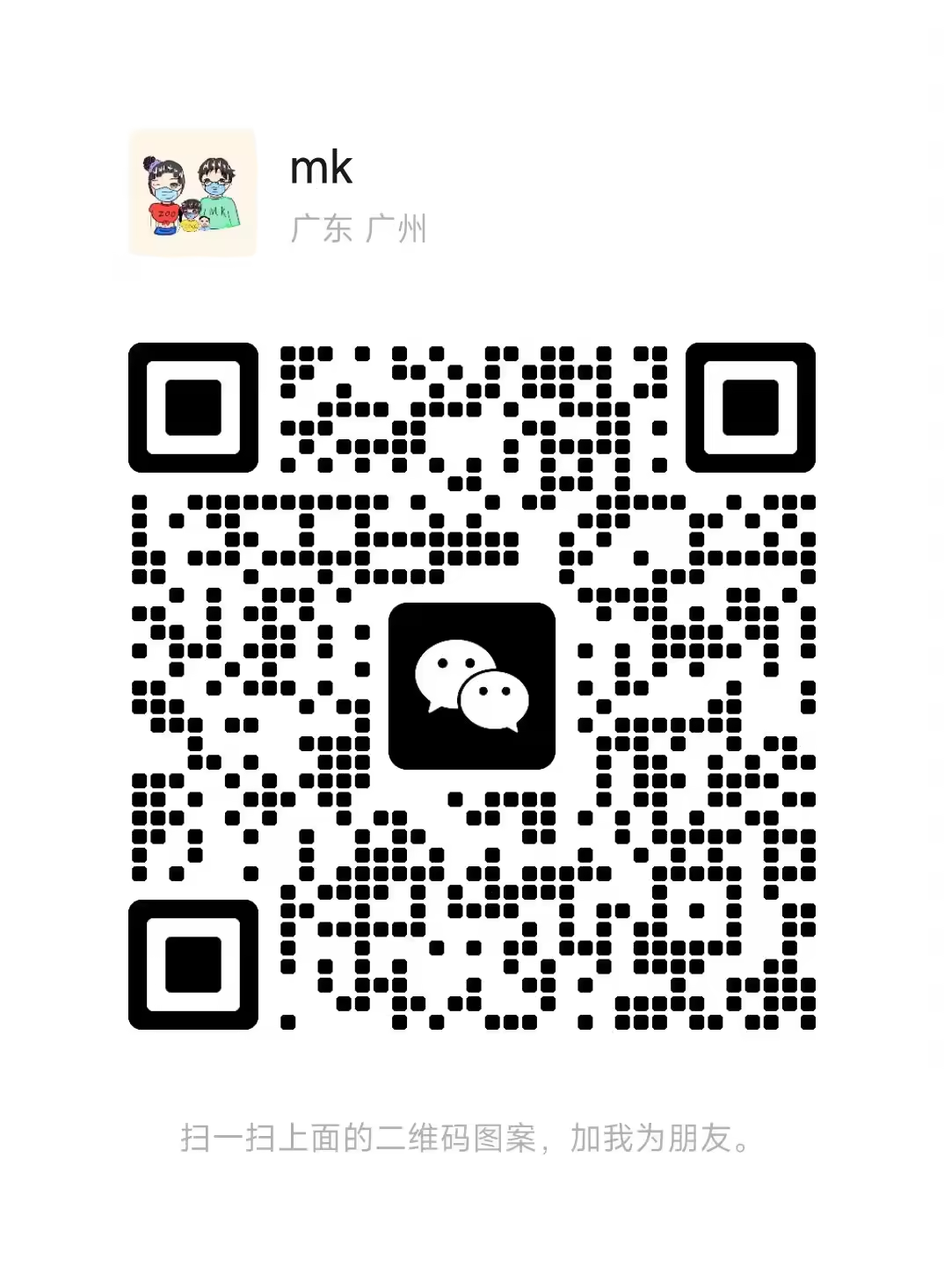
近年来,Python 已成为最广泛使用的编程语言之一。然而,直到现在,Python 在 Web 开发领域才真正发挥了重要作用。PyScript 的出现改变了这一现状。它是一个全新的框架,允许您仅使用 HTML 和 Python 代码即可在 Web 浏览器上直接运行 Python 代码。无论您的经验水平如何,使用 PyScript 开发交互式 Web 应用都非常便捷,无需了解 JavaScript。在本教程中,您将了解 PyScript 的概念、工作原理以及如何使用它创建您的第一个基于浏览器的 Python 应用。
什么是PyScript
PyScript 是一个开源框架,它弥合了 Python 和 Web 之间的差距。它允许您直接在 Web 浏览器中运行 Python 代码。它允许您编写完全在客户端运行的交互式 Python 应用程序,而无需后端服务器。使用 PyScript 就像使用 Python 而不是 JavaScript 编写 Web 应用一样。您可以使用 Python 构建简单的交互式 Web 工具、仪表盘等。
PyScript 的主要功能
- 浏览器中的 Python:您可以在 HTML 文件中的
<py-script>标签内编写 Python 代码 - 无需环境设置:无需安装任何其他库或工具。它在浏览器中运行。
- 与 HTML 交互:轻松将 Python 与 HTML、CSS 和 JavaScript 集成。
- 基于 WebAssembly:使用 Pyodide(将 Python 编译为 WebAssembly)在浏览器中运行 Python。
如何在Web应用中使用PyScript?
步骤 1:访问官方网站
访问官方网站。在这里,您可以浏览演示、文档并亲自尝试。

Source: PyScript

步骤 2:设置基本HTML文件
要运行 PyScript,您需要一个包含所需框架的简单 HTML 文件。
示例代码:
<!DOCTYPE html>
<html lang="en">
<head>
<meta charset="UTF-8" />
<title>My First PyScript App</title>
<link rel="stylesheet" href="https://pyscript.net/latest/pyscript.css" />
<script defer src="https://pyscript.net/latest/pyscript.js"></script>
</head>
<body>
<h1>Hello from PyScript!</h1>
<py-script>
name = "PyScript"
print(f"Hello, {name}! You are running Python in the browser.")
</py-script>
</body>
</html>
步骤 3:在浏览器中打开HTML文件
默认情况下,该文件包含 3 个文件:
main.py:
Your Python code.
Index.html:
The main web page that includes PyScript.
pyscript.toml:
A configuration file listing any extra Python packages youwant to use.
使用适当的代码更新代码文件并开始实验:

您可以在 PyScript 示例中尝试 PyScript Playground 以直接在浏览器中测试代码片段。

PyScript动手实践
现在您已经熟悉了 PyScript 接口的工作原理,让我们来实际操作一下。
我们将构建一个双人井字棋游戏。
步骤 1:更新main.py
在 main.py 文件中添加 TicTacToe 类,该类包含游戏逻辑、用户交互和 UI 更新。它将使用 PyWeb 将 Python 与 HTML 连接起来,使游戏在浏览器中完全可交互。
代码:
from pyweb import pydom
class TicTacToe:
def __init__(self):
self.board = pydom["table#board"]
self.status = pydom["h2#status"]
self.console = pydom["script#console"][0]
self.init_cells()
self.init_winning_combos()
self.new_game(...)
def set_status(self, text):
self.status.html = text
def init_cells(self):
self.cells = []
for i in (0, 1, 2):
row = []
for j in (0, 1, 2):
cell = pydom[f"div#cell{i}{j}"][0]
assert cell
row.append(cell)
self.cells.append(row)
def init_winning_combos(self):
self.winning_combos = []
# winning columns
for i in (0, 1, 2):
combo = []
for j in (0, 1, 2):
combo.append((i, j))
self.winning_combos.append(combo)
# winning rows
for j in (0, 1, 2):
combo = []
for i in (0, 1, 2):
combo.append((i, j))
self.winning_combos.append(combo)
# winning diagonals
self.winning_combos.append([(0, 0), (1, 1), (2, 2)])
self.winning_combos.append([(0, 2), (1, 1), (2, 0)])
def new_game(self, event):
self.clear_terminal()
print('=================')
print('NEW GAME STARTING')
print()
for i in (0, 1, 2):
for j in (0, 1, 2):
self.set_cell(i, j, "")
self.current_player = "x"
experimenting self.set_status(f'{self.current_player} playing...')
def next_turn(self):
winner = self.check_winner()
if winner == "tie":
self.set_status("It's a tie!")
self.current_player = "" # i.e., game ended
return
elif winner is not None:
self.set_status(f'{winner} wins')
self.current_player = "" # i.e., game ended
return
if self.current_player == "x":
self.current_player = "o"
else:
self.current_player = "x"
self.set_status(f'{self.current_player} playing...')
def check_winner(self):
"""
Check whether the game as any winner.
Return "x", "o", "tie" or None. None means that the game is still playing.
"""
# check whether we have a winner
for combo in self.winning_combos:
winner = self.get_winner(combo)
if winner:
# highlight the winning cells
for i, j in combo:
self.cells[i][j].add_class("win")
return winner
# check whether it's a tie
for i in (0, 1, 2):
for j in (0, 1, 2):
if self.get_cell(i, j) == "":
# there is at least an empty cell, it's not a tie
return None # game still playing
return "tie"
def get_winner(self, combo):
"""
If all the cells at the given points have the same value, return it.
Else return "".
Each point is a tuple of (i, j) coordinates.
Example:
self.get_winner([(0, 0), (1, 1), (2, 2)])
"""
assert len(combo) == 3
values = [self.get_cell(i, j) for i, j in combo]
if values[0] == values[1] == values[2] and values[0] != "":
return values[0]
return ""
def set_cell(self, i, j, value):
assert value in ("", "x", "o")
cell = self.cells[i][j]
cell.html = value
if "x" in cell.classes:
cell.remove_class("x")
if "o" in cell.classes:
cell.remove_class("o")
if "win" in cell.classes:
cell.remove_class("win")
if value != "":
cell.add_class(value)
def get_cell(self, i, j):
cell = self.cells[i][j]
value = cell.html
assert value in ("", "x", "o")
return value
def click(self, event):
i = int(event.target.getAttribute('data-x'))
j = int(event.target.getAttribute('data-y'))
print(f'Cell {i}, {j} clicked: ', end='')
if self.current_player == "":
print('game ended, nothing to do')
return
#
value = self.get_cell(i, j)
if value == "":
print('cell empty, setting it')
self.set_cell(i, j, self.current_player)
self.next_turn()
else:
print(f'cell already full, cannot set it')
def clear_terminal(self):
self.console._js.terminal.clear()
def toggle_terminal(self, event):
hidden = self.console.parent._js.getAttribute("hidden")
if hidden:
self.console.parent._js.removeAttribute("hidden")
else:
self.console.parent._js.setAttribute("hidden", "hidden")
GAME = TicTacToe()
步骤 2:创建CSS文件
在新建的 assets 文件夹中创建一个 style.css 文件,用于定义井字游戏的布局和样式。这将处理棋盘、单元格以及所有状态消息的样式。
代码:
h1, h2 {
font-family: 'Indie Flower', 'Comic Sans', cursive;
text-align: center;
}
#board {
font-family: 'Indie Flower', 'Comic Sans', cursive;
position: relative;
font-size: 120px;
margin: 1% auto;
border-collapse: collapse;
}
#board td {
border: 4px solid rgb(60, 60, 60);
width: 90px;
height: 90px;
vertical-align: middle;
text-align: center;
cursor: pointer;
}
#board td div {
width: 90px;
height: 90px;
line-height: 90px;
display: block;
overflow: hidden;
cursor: pointer;
}
.x {
color: darksalmon;
position: relative;
font-size: 1.2em;
cursor: default;
}
.o {
color: aquamarine;
position: relative;
font-size: 1.0em;
cursor: default;
}
.win {
background-color: beige;
}
步骤 3:更新index.html
修改 index.html 文件,使其引用 PyScript 设置,加载 main.py 文件,定义游戏棋盘结构,并指向 style.css 文件(位于 assets 文件夹中)进行样式设置。
代码:
<!doctype html>
<html>
<head>
<!-- Recommended meta tags -->
<meta charset="UTF-8">
<meta name="viewport" content="width=device-width,initial-scale=1.0">
<!-- PyScript CSS -->
<link rel="stylesheet" href="https://pyscript.net/releases/2024.1.1/core.css">
<!-- CSS for examples -->
<link rel="stylesheet" href="./assets/css/examples.css" />
<!-- This script tag bootstraps PyScript -->
<script type="module" src="https://pyscript.net/releases/2024.1.1/core.js"></script>
<!-- Custom CSS -->
<link href="https://fonts.googleapis.com/css?family=Indie+Flower" rel="stylesheet">
<link rel="stylesheet" href="./assets/css/tictactoe.css" />
<!-- for splashscreen -->
<style>
#loading { outline: none; border: none; background: transparent }
</style>
<script type="module">
const loading = document.getElementById('loading');
addEventListener('py:ready', () => loading.close());
loading.showModal();
</script>
<title>Tic Tac Toe</title>
<link rel="icon" type="image/png" href="./assets/favicon.png" />
</head>
<body>
<dialog id="loading">
<h1>Loading...</h1>
</dialog>
<nav class="navbar" style="background-color: #000000">
<div class="app-header">
<a href="/">
<img src="./assets/logo.png" class="logo" />
</a>
<a class="title" href="" style="color: #f0ab3c">Tic Tac Toe</a>
</div>
</nav>
<section class="pyscript">
<h1>Tic-Tac-Toe</h1>
<script type="py" src="./main.py" config="./pyscript.toml"></script>
<table id="board">
<tr>
<td><div id="cell00" data-x="0" data-y="0" class="cell" py-click="GAME.click"></div></td>
<td><div id="cell01" data-x="0" data-y="1" class="cell" py-click="GAME.click"></div></td>
<td><div id="cell02" data-x="0" data-y="2" class="cell" py-click="GAME.click"></div></td>
<tr>
<td><div id="cell10" data-x="1" data-y="0" class="cell" py-click="GAME.click"></div></td>
<td><div id="cell11" data-x="1" data-y="1" class="cell" py-click="GAME.click"></div></td>
<td><div id="cell12" data-x="1" data-y="2" class="cell" py-click="GAME.click"></div></td>
</tr>
<tr>
<td><div id="cell20" data-x="2" data-y="0" class="cell" py-click="GAME.click"></div></td>
<td><div id="cell21" data-x="2" data-y="1" class="cell" py-click="GAME.click"></div></td>
<td><div id="cell22" data-x="2" data-y="2" class="cell" py-click="GAME.click"></div></td>
</tr>
</table>
<h2 id="status"></h2>
<button id="btn-new-game" py-click="GAME.new_game">New game</button>
<button id="btn-toggle-terminal" py-click="GAME.toggle_terminal">Hide/show terminal</button>
<div id="terminal" hidden="hidden">
<script id="console" type="py" terminal></script>
</div>
</section>
</body>
</html>
步骤 4:更新pyscript.toml
使用应用所需的必要配置(包括依赖项、文件路径等)更新 pyscript.toml 文件。这可确保 PyScript 知道如何正确加载和运行 Python 代码。以下是我们的井字游戏应用的 pyscript.toml 文件内容:
配置:
name = "Tic Tac Toe" description = "A Tic-Tac-Toe game written in PyScript that allows people to take turns."
输出:
这是您在 PScript 上的第一个项目。
小结
Python 在数据科学、人工智能、自动化和教育领域的应用前所未有。然而,迄今为止,Python 在 Web 上尚无原生平台。PyScript 应运而生,它将 Python 的简洁性与 Web 的易用性完美融合。它仍在不断完善,但已经为开发者、教育工作者和学习者创造了大量机会。







评论留言